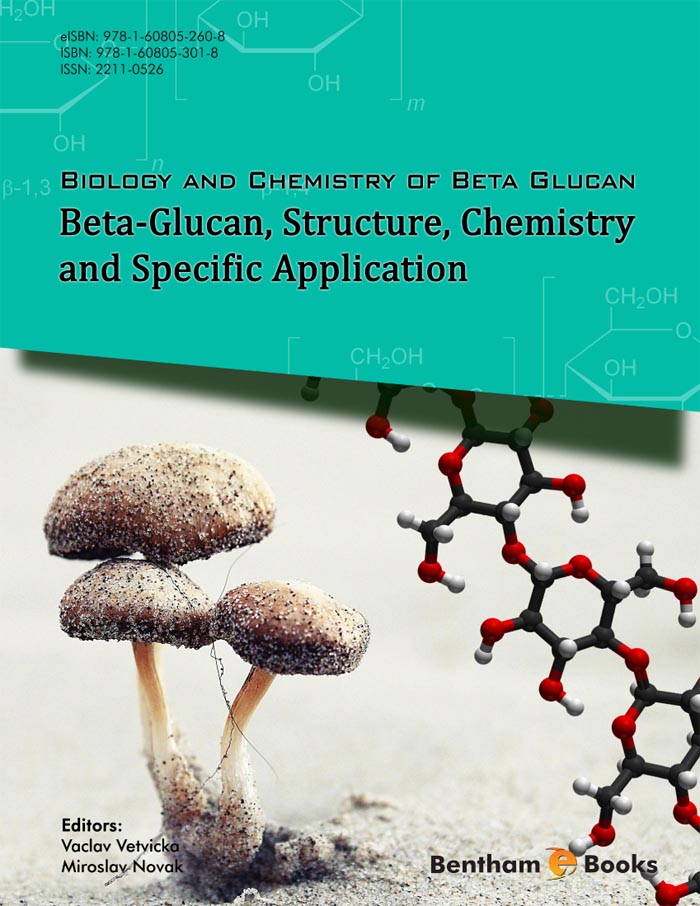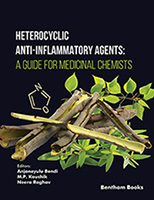Introduction
Despite of the efforts of pharmaceutical researchers to find new medicaments, nature offers many substances with healing properties—beta-glucans belong to this group of compounds. The second volume of the e-book series, Biology and Chemistry of Beta-Glucan, provides new knowledge about these important polysaccharides.
In order to understand the role of beta-glucans, it is necessary to control the purity and to determine their composition and structure. This volume presents modern chemical and separation methods which are applied in structural analysis of glucans. As a result of structural analyses, it can be concluded that beta-glucans of different origin vary in chain length, number and types of branching. The book further discusses the biological effects of tailored oligomers and synthetic beta-glucans, including innovative use of enzymatic processes in the synthesis of these compounds.
This volume also discusses a hypothesis of beta-glucans’ increasing impact on the photodynamic therapy. In spite of many scientific papers describing the positive role of beta-glucans in protection against diseases, certain epidemiological data suggest that specific illnesses can be related to beta-glucan exposure. The fact of whether or not beta-glucan is an accompanying substance of these biologically active agents is also questioned.
Biology and Chemistry of Beta-Glucan: Volume 2 focuses on the strictly scientific basis on the effects of beta-glucan on human health as well as other possibilities of beta-glucan application, such as protection of aquaculture against diseases.





